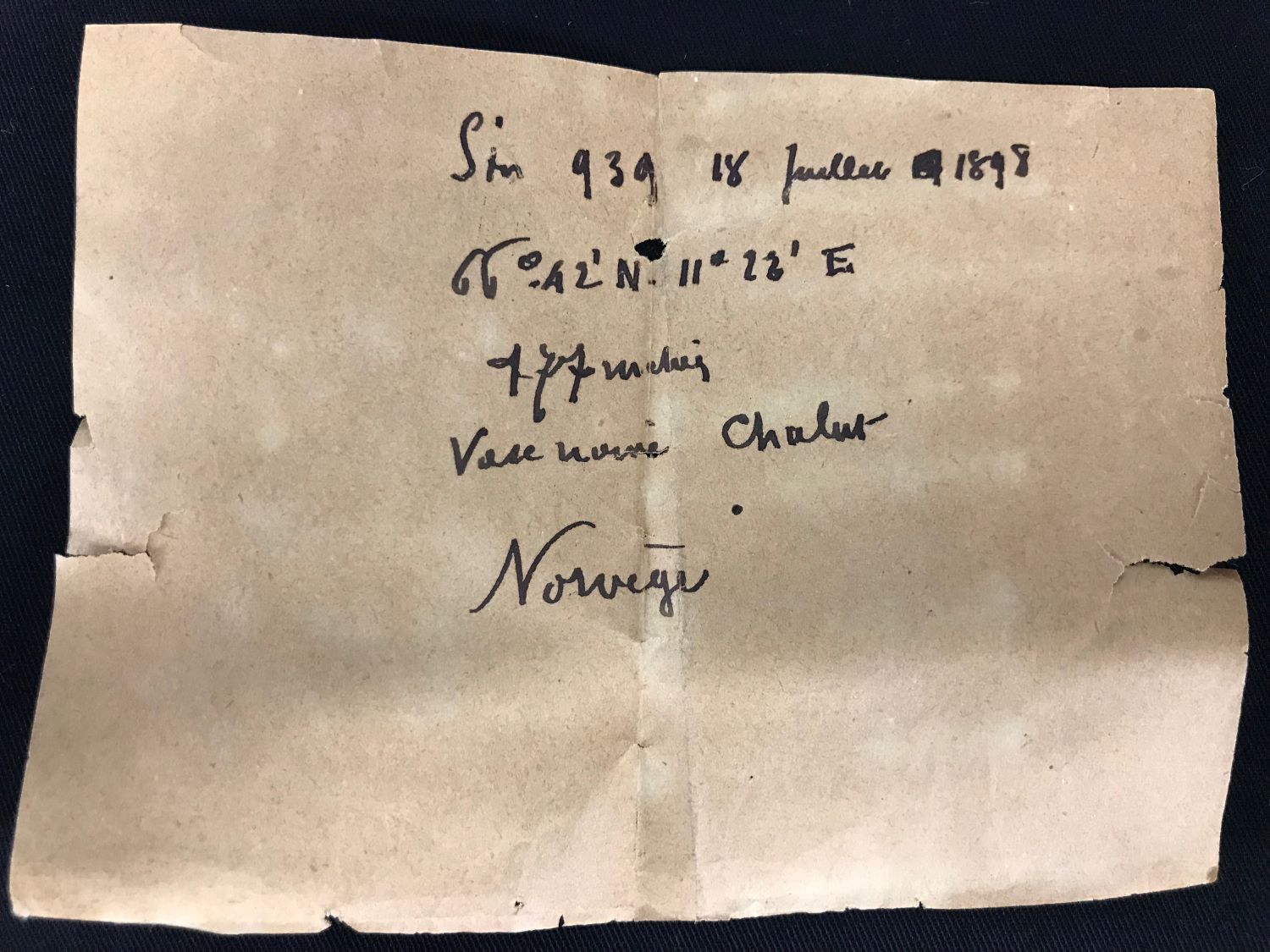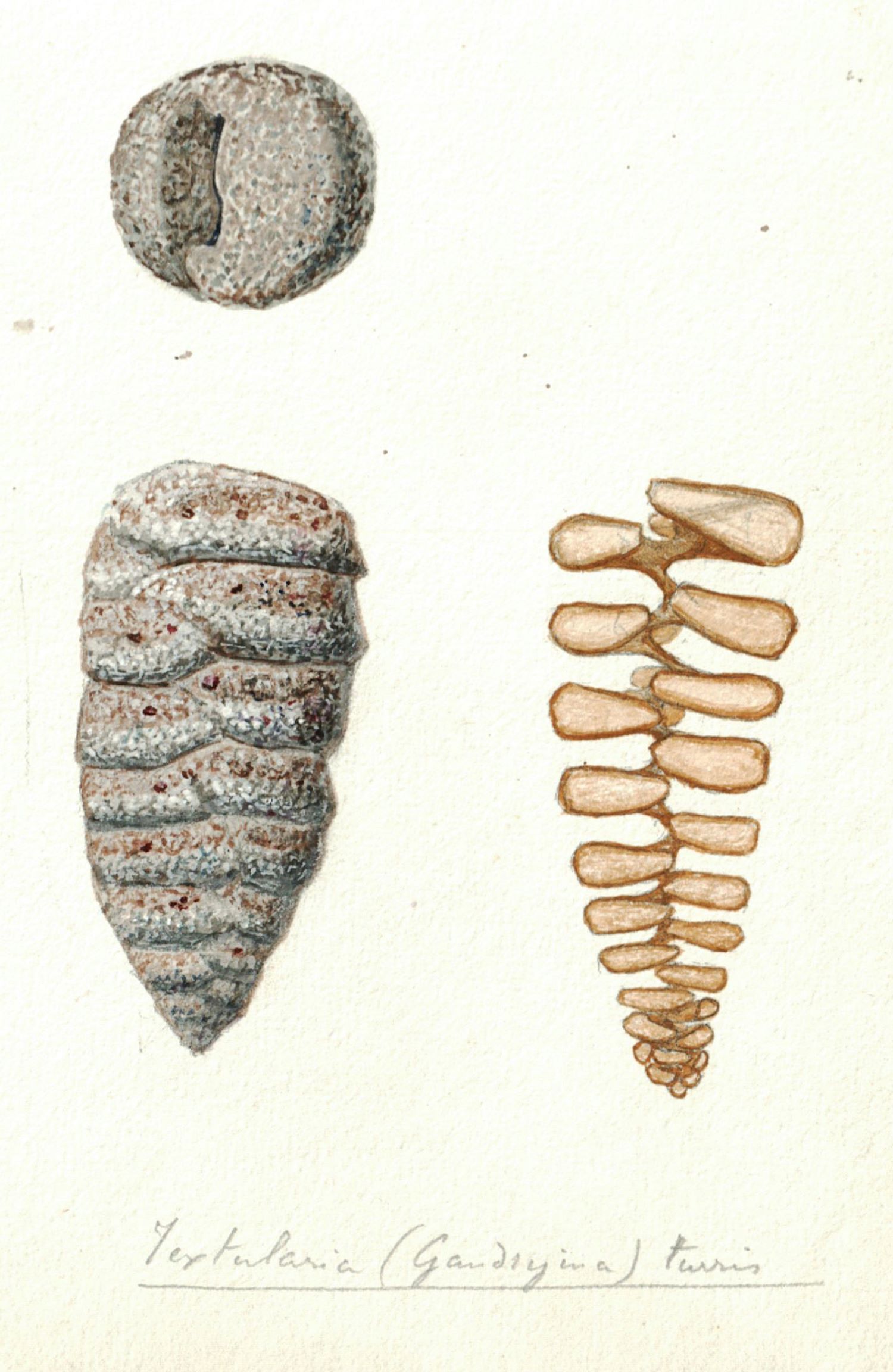When examining the current climate and environmental changes and their profound impacts on ecosystems, a new avenue of research emerges: that of using marine sediments brought back by former exploration expeditions as points of comparison for the study of the evolution of marine environments in the form of changes in the composition of micro-organism communities or even modification of their physiology to cope with changing environmental conditions. The recent rediscovery of such a collection provides new perspectives for the scientific community.
A unique collection of marine sands was assembled during the travels of Prince Albert I of Monaco (1848-1922), who was one of the most important contributors to the rise of oceanography and paleoceanography at the end of the 19th and the beginning of the 20th centuries. Inspired by Jules Verne’s adventure stories and reports from travellers and explorers, he developed a deep fascination for adventures on land and at sea. Following the advice of Alphonse Milne-Edwards, who was a zoologist and director of the Muséum national d’Histoire naturelle (MNHN) in Paris, Prince Albert devoted himself to scientific campaigns, writing one of the most illustrious pages of this era in the history of scientific marine exploration. From 1885 to 1915, he successively dedicated four ships to his explorations of the depths of the sea: Hirondelle, Princesse-Alice I, Princesse-Alice II and Hirondelle II. The prince and his crew, composed of seamen, scientists, painters and cinematographers, travelled back and forth over the Mediterranean Sea and North Atlantic gathering observations, notes, drawings and important specimens for natural history collections that range from sands to birds and echinoderms.

For more than 50 years, the large collection of marine sands dredged during these expeditions was considered lost. In 2019, however, they were rediscovered in a series of old cardboard boxes on the occasion of the relocation of the MNHN’s palaeontology collections. More than 200 of the almost 3,000 tubes containing sands and/or diverse micro-organisms correspond to cruises in subarctic to arctic seas, from Newfoundland to Spitzbergen, not counting the numerous microscope slides. The two small tubes illustrated here were dredged to the south of the Lofoten Archipelago on 18 July 1898, at a water depth of 70 metres: they are accompanied by 40 other tubes containing different species of microscopic unicellular organisms, called foraminifera. These unique samples have not been re-analysed since the beginning of the 20th century, when Emmanuel Fauré-Fremiet (biologist, professor at the Sorbonne and Collège de France) and Eugène Lacroix (amateur micropalaeontologist and doctor in Lyon) patiently selected, identified and drew some of the foraminifera species, as shown by the delicate watercolours in the second figure. The journey of this unique material to the MNHN’s reserves was complex. As a specialist of unicellular organisms, Fauré-Fremiet received the sands for analysis, but he had little time to work on the prince’s material and little interest in foraminifera. The entire collection was transferred to Lacroix, who spent years investigating this rich material. At the end of his life, Lacroix’s collection and archives were taken over by Pierre Marie from the French geological survey, who donated them, together with his own material, to the MNHN in the 1980s.

What micro-organisms, then, populated the arctic and sub-arctic regions? How did these sensitive communities evolve under the increasing influence of human activities? What can they teach us about the resilience of marine ecosystems? The rediscovery of the Prince of Monaco’s material from 150 years ago may provide unique answers about arctic areas that are today showing the effects of global warming much faster than other areas of the planet.
About the object
Type of object: Sand
Material: Sand containing micro-organisms
Date of collection: 18 July 1898
Place of origin: Offshore Norway, South of Lofoten
Current location: Muséum national d’Histoire naturelle, Paris, Micropaléontologie collections (collection number MNHN.F.F65803)
Continue reading
Carpine-Lancre, Jacqueline. & Barr, William. "The Arctic cruises of Prince Albert I of Monaco". In Polar Record 44, nr. 228 (2008): 1–14.
Schlumberger, C. "Note préliminaire sur les foraminifères dragués par S. A. le Prince Albert de Monaco". In Mémoires de la Société zoologique de France 5, nr. 2/3 (1892): 207-212.
Richard, Jules. Les campagnes scientifiques de S.A.S. le Prince Albert Ier de Monaco. Monaco: Imprimerie de Monaco, 1910.
